“Alice in Wonderland” is a classic tale that has been enjoyed by generations of children and adults alike. It tells the story of a young girl named Alice who falls down a rabbit hole and finds herself in a magical world. In this article, we will provide a detailed summary of the story, along with analysis, characters, moral lesson, themes, symbolism, culture impact, and FAQs.
A Short Story of Alice in Wonderland
Once upon a time, in a small village, there lived a curious and imaginative little girl named Alice. Alice had a wild imagination and loved to explore the world around her. One sunny afternoon, while playing in her garden, she noticed a peculiar white rabbit hopping by. The rabbit was wearing a waistcoat and checking his pocket watch, muttering to himself about being late.
Intrigued by the rabbit’s behavior, Alice decided to follow him. She chased the rabbit through the village, across fields, and into a dense forest. As she ran deeper into the woods, Alice stumbled upon a small door hidden behind a cluster of bushes. The door was so tiny that Alice had to shrink herself down to fit through it.
As she stepped through the door, Alice found herself in a magical world called Wonderland. Everything in Wonderland was extraordinary and peculiar. The trees had faces, the flowers could talk, and the animals wore clothes and had human-like qualities.
Alice’s adventure began when she met a grinning Cheshire Cat, who guided her to the Mad Hatter’s tea party. The Mad Hatter, along with the March Hare and the Dormouse, were having an everlasting tea party, where time stood still. They welcomed Alice and offered her a seat at their table. The tea party was filled with riddles, nonsensical conversations, and endless cups of tea.
After bidding farewell to the Mad Hatter and his friends, Alice continued her journey through Wonderland. She encountered a caterpillar sitting on a mushroom, smoking a hookah. The caterpillar asked Alice thought-provoking questions about her identity and purpose, leaving her pondering her own existence.
As Alice ventured further, she stumbled upon a croquet game with the Queen of Hearts. The Queen, who was known for her short temper, played with flamingos as mallets and hedgehogs as balls. Alice joined the game, but the Queen’s unfair rules and constant shouting made it quite chaotic.
In her quest to find her way back home, Alice met the White Rabbit again. This time, he led her to the Queen’s courtroom, where a trial was taking place. The Knave of Hearts was accused of stealing the Queen’s tarts. Alice, being a fair-minded girl, spoke up and defended the Knave, pointing out the lack of evidence. The Queen, furious with Alice’s logic, ordered her to be executed. But just as the executioner was about to strike, Alice woke up from her dream.
Alice found herself back in her garden, realizing that her adventure in Wonderland was all a dream. However, the lessons she learned and the memories she made stayed with her forever. Alice understood the importance of curiosity, imagination, and standing up for what is right.
From that day forward, Alice embraced her imagination and continued to explore the wonders of the world around her. And who knows, maybe one day she would stumble upon another magical door and embark on another extraordinary adventure.
Summary of the Book Alice in Wonderland
The story begins with Alice sitting on a riverbank on a warm summer day, drowsily reading over her sister’s shoulder, when she catches sight of a White Rabbit in a waistcoat running by her. The White Rabbit pulls out a pocket watch, exclaims that he is late, and pops down a rabbit hole. Alice follows the White Rabbit down the hole and comes upon a great hallway lined with doors. She finds a small door that she opens using a key she discovers on a nearby table.
Through the door, she sees a beautiful garden, and Alice begins to cry when she realizes she cannot fit through the door. She finds a bottle marked “DRINK ME” and downs the contents. She shrinks down to the right size to enter the door but cannot enter since she has left the key on the tabletop above her head. Alice discovers a cake marked “EAT ME” which causes her to grow to an inordinately large height.
Still unable to enter the garden, Alice begins to cry again, and her giant tears form a pool at her feet. As she cries, Alice shrinks and falls into the pool of tears. The pool of tears becomes a sea, and as she treads water she meets a Mouse. The Mouse accompanies Alice to shore, where a number of animals stand gathered on a bank. After a “Caucus Race,” Alice scares the animals away with tales of her cat, Dinah, and finds herself alone again. Alice meets the White Rabbit again, who mistakes her for a servant and sends her off to fetch his things. While in the White Rabbit’s house, Alice drinks an unmarked bottle of liquid and grows to the size of the room.
The White Rabbit returns to his house, fuming at the now-giant Alice, but she swats him and his servants away with her giant hand. The animals outside try to get her out of the house by throwing rocks at her, which inexplicably transform into cakes when they land in the house. Alice eats one of the cakes, which causes her to shrink to a small size. She wanders off into the forest, where she meets a Caterpillar sitting on a mushroom and smoking a hookah (i.e., a water pipe). The Caterpillar and Alice get into an argument, but before the Caterpillar crawls away in disgust, he tells Alice that different parts of the mushroom will make her grow or shrink.
Alice tastes a part of the mushroom, and her neck stretches above the trees. A pigeon sees her and attacks, deeming her a serpent hungry for pigeon eggs. Alice eats another part of the mushroom and shrinks down to a normal height. She wanders until she comes across the house of the Duchess. She enters and finds the Duchess, who is nursing a squealing baby, as well as a grinning Cheshire Cat, and a Cook who tosses massive amounts of pepper into a cauldron of soup.
Literary Analysis Alice in Wonderland
The story of “Alice in Wonderland” is a timeless classic that has captured the imaginations of children and adults for generations. It is a story about the power of imagination and the importance of being true to oneself. The characters in the story are all unique and interesting, from the curious and imaginative Alice to the mysterious Cheshire Cat. The story is full of humor and satire, with a message that is still relevant today.
Characters
The characters in “Alice in Wonderland” are all unique and interesting, from the curious and imaginative Alice to the mysterious Cheshire Cat. Other notable characters include the White Rabbit, the Queen of Hearts, and the Caterpillar.
Alice in Wonderland Moral Lesson
The moral lesson of “Alice in Wonderland” is that it is important to be true to oneself and to follow one’s own path. The story encourages readers to be curious and imaginative, and to embrace the unexpected.
Theme for Alice in Wonderland
The themes of “Alice in Wonderland” include the power of imagination, the importance of being true to oneself, and the value of curiosity. The story encourages readers to be curious and imaginative, and to embrace the unexpected. It also emphasizes the importance of being true to oneself and the value of following one’s own path.
Symbolism
The symbolism in “Alice in Wonderland” is rich and complex, with many different interpretations possible. Some of the most notable symbols in the story include the White Rabbit, which represents the passage of time, and the Cheshire Cat, which represents the power of imagination.
Culture Impact
“Alice in Wonderland” has had a significant impact on popular culture, with many adaptations and spin-offs created over the years. The story has been adapted into numerous films, television shows, and stage productions, and it has inspired countless other works of literature and art. The character of Alice has become an iconic figure in popular culture, representing the power of imagination and the importance of being true to oneself.
Alice in Wonderland Pictures
Alice in Wonderland and Cat
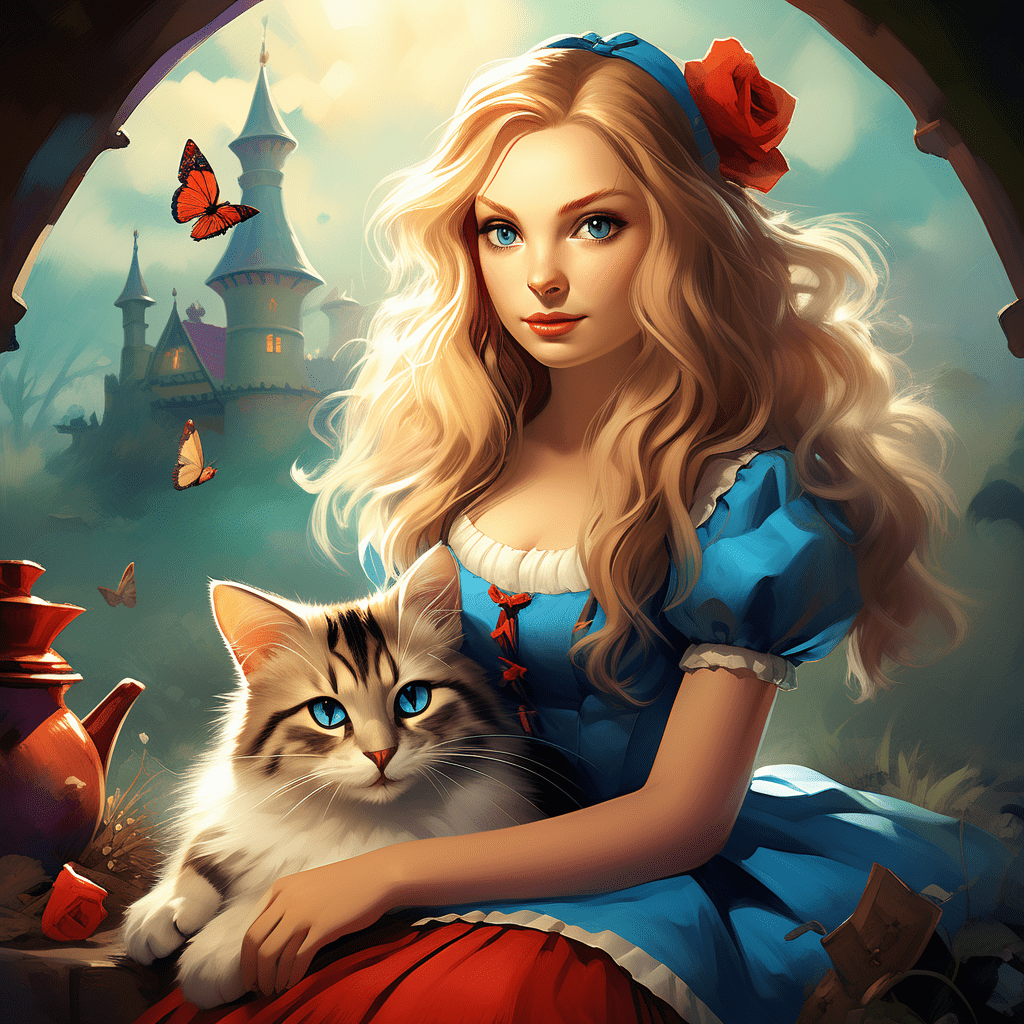
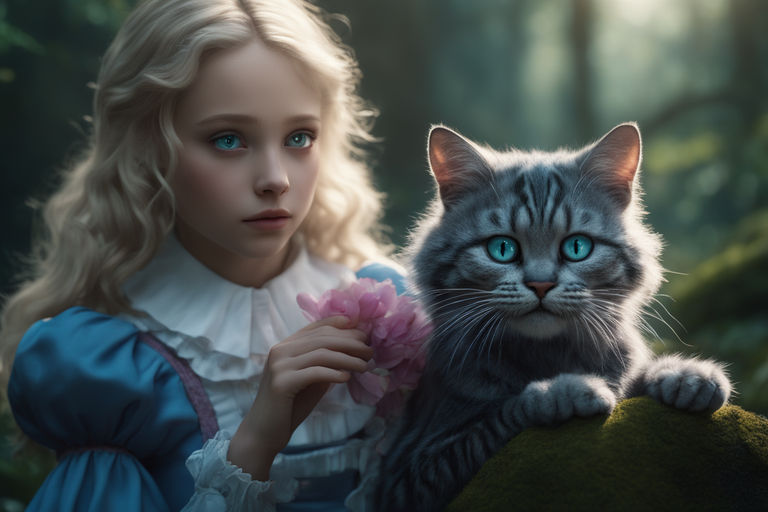
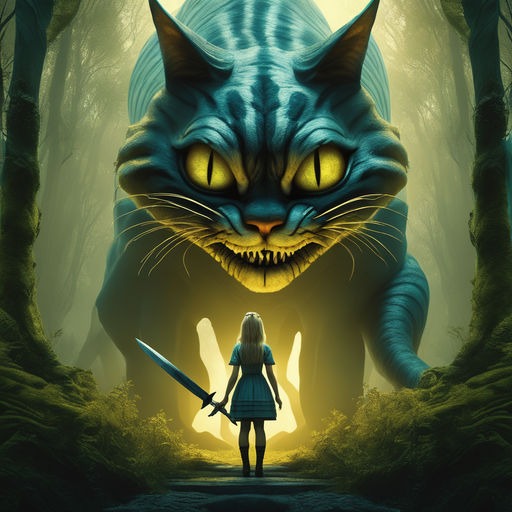
Alice in Wonderland and Rabbit
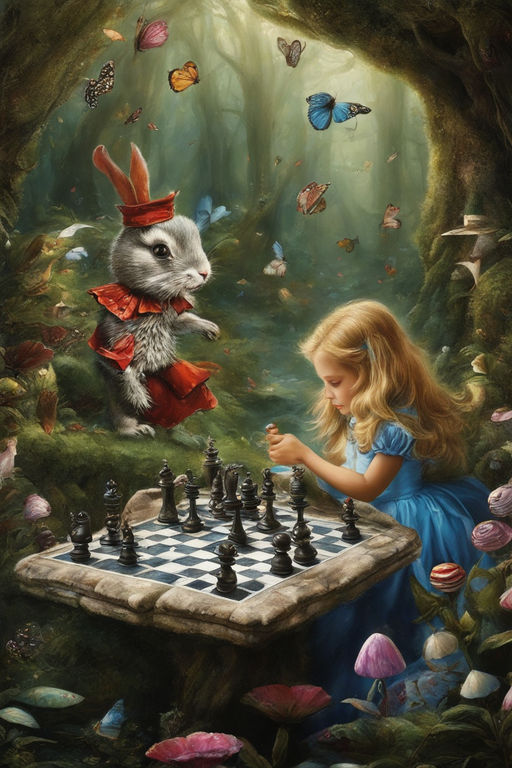
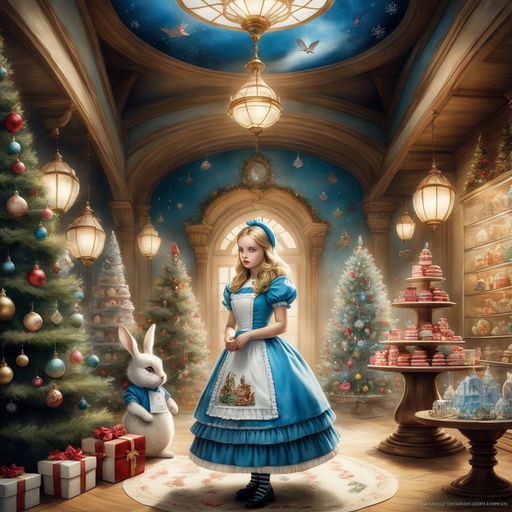
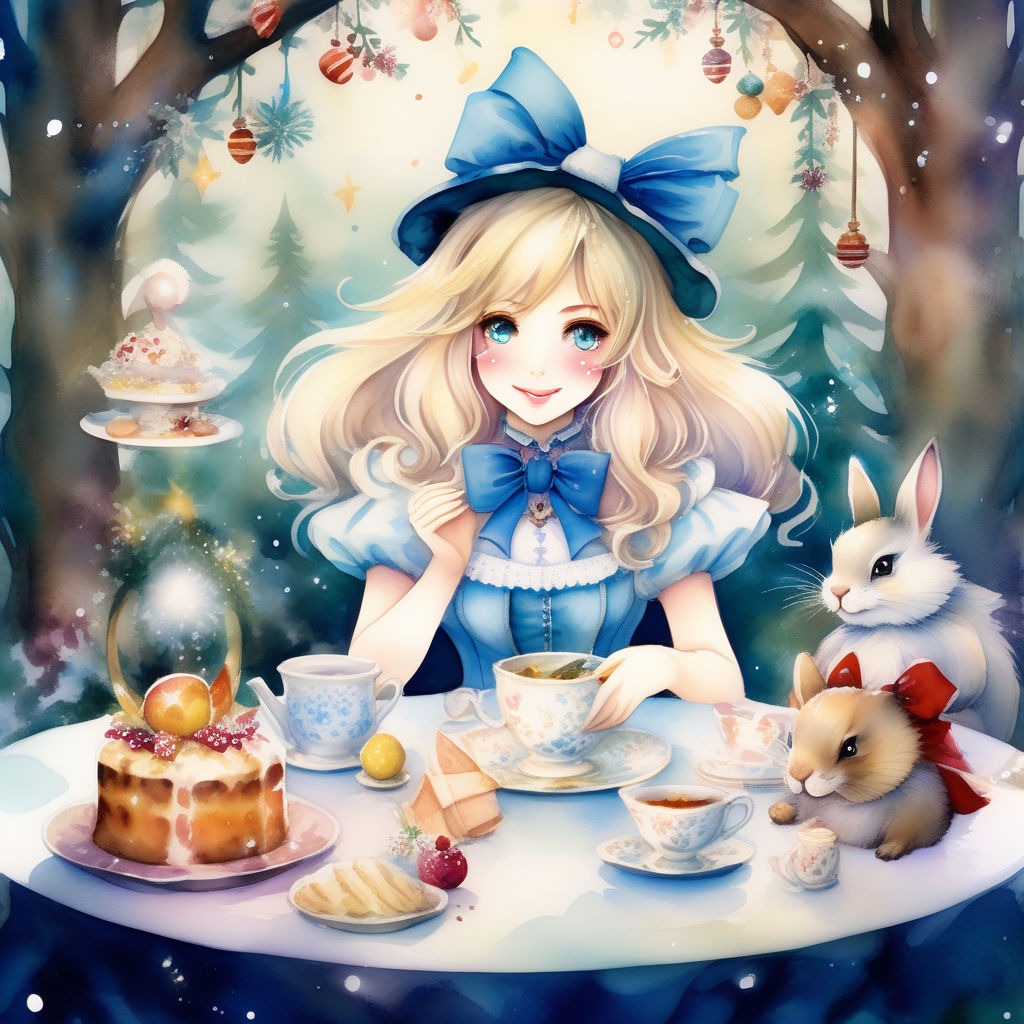

Alice in Wonderland Question Answers
- Q: What is the story of “Alice in Wonderland” about? A: The story of “Alice in Wonderland” is about a young girl named Alice who falls down a rabbit hole and finds herself in a magical world.
- Q: Who are the main characters in “Alice in Wonderland”? A: The main characters in “Alice in Wonderland” include Alice, the White Rabbit, the Queen of Hearts, and the Cheshire Cat.
- Q: What is the moral lesson of “Alice in Wonderland”? A: The moral lesson of “Alice in Wonderland” is that it is important to be true to oneself and to follow one’s own path.
- Q: What are the themes of “Alice in Wonderland”? A: The themes of “Alice in Wonderland” include the power of imagination, the importance of being true to oneself, and the value of curiosity.
- Q: What is the symbolism in “Alice in Wonderland”? A: The symbolism in “Alice in Wonderland” is rich and complex, with many different interpretations possible. Some of the most notable symbols in the story include the White Rabbit, which represents the passage of time, and the Cheshire Cat, which represents the power of imagination.
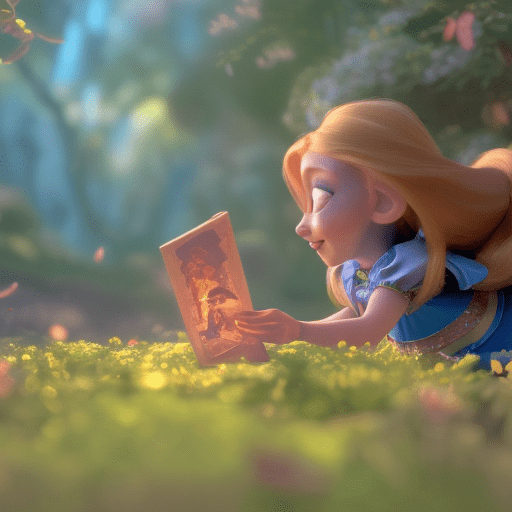



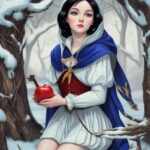






Bravo to the creator for this amazing blog! It’s a beacon of optimism.
This blog is a reminder that positivity can be found everywhere. Bravo!